Wankel Engine: How does it work, and what are its advantages?
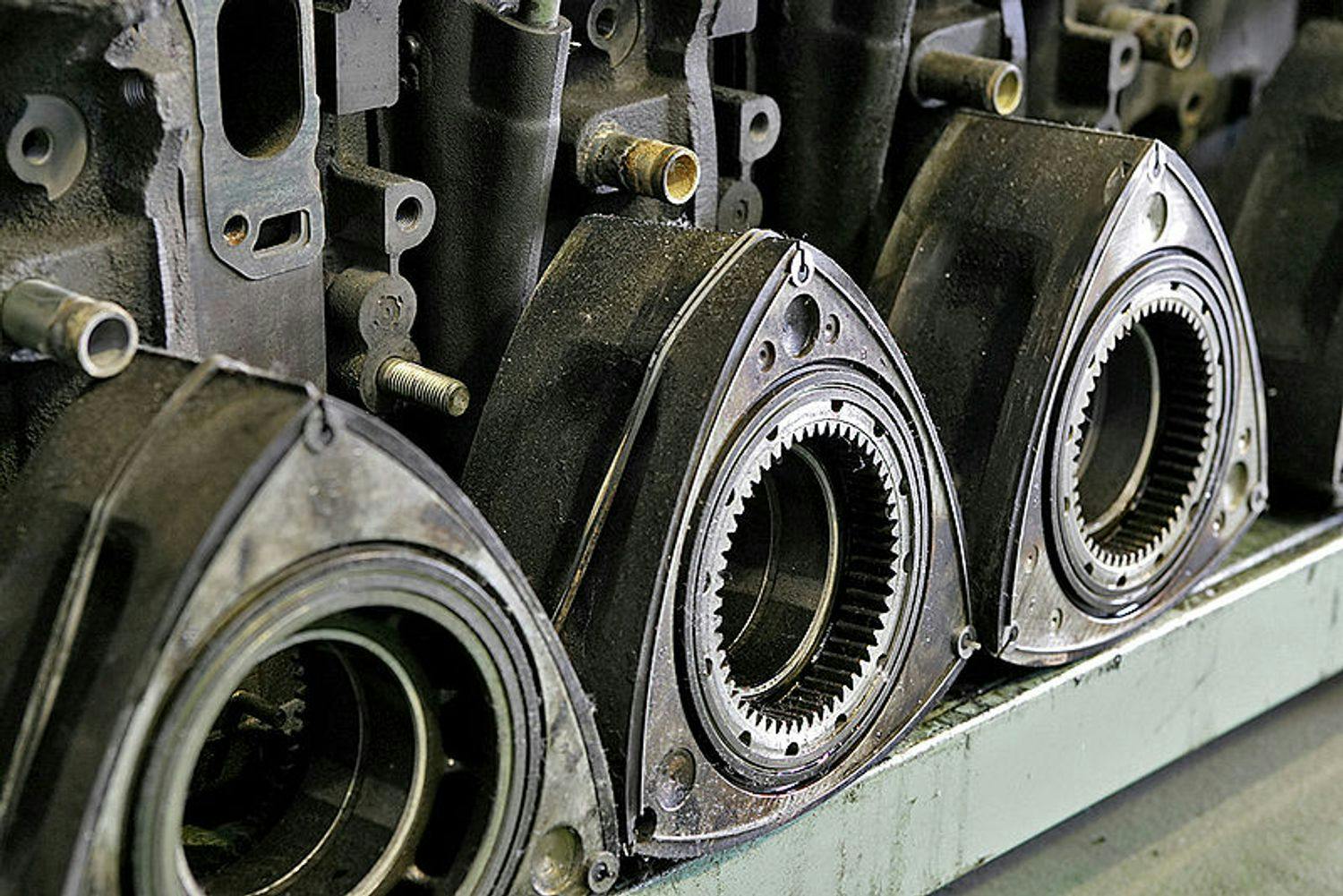
A Wankel engine, sometimes called a rotary engine, is a type of internal combustion engine with a rotary piston that converts pressure into rotary motion. This type of engine brings many advantages.
Unlike a classic combustion engine, all parts of the Wankel engine rotate in one direction.
Spis treści
How does a Wankel engine work?
The four-stroke cycle (intake, compression, combustion, exhaust) takes place between the oval-shaped inner casing and the rotating piston, which has a triangular shape.
This engine was designed by the German engineer Felix Wankel, who received a patent for this engine in 1929. Wankel engines are only gasoline engines. Diesel engines of this type were only tested in laboratory conditions.
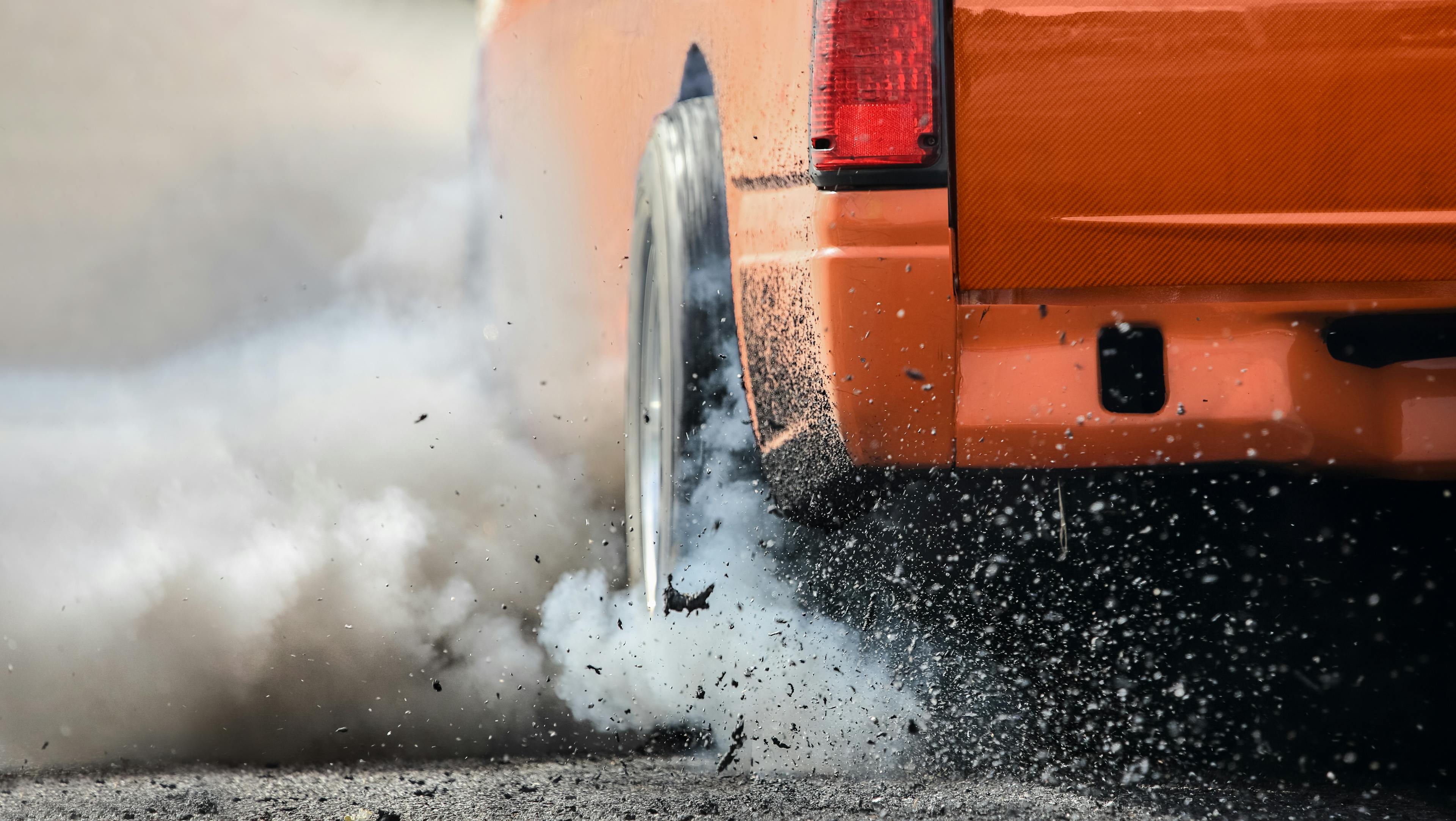
Horsepower: What is it, and why is it important?
The output of the Wankel engine in terms of power is one horsepower per 0.45 kg of its weight. In other words, given that the engine weighs 100 kg, the output would be about 222 horsepower. These numbers are quite impressive.
The history of the Wankel engine in a nutshell
In 1951, the company NSU Motorenwerke AG in Germany started the development of this engine, while two models were built. The first engine was created by Felix Wankel, and the second engine by Hanns Dieter Paschke.
The modern Wankel engine was based on an engine created by Hanns Dieter Paschke, so this engine should not be called a Wankel engine but a Paschke engine.
Hanns Dieter Paschke's engine:
In 1960, the German firm NSU and the American firm Curtiss-Wright signed a joint agreement. NSU concentrated on the development of low- and medium-power Wankel engines and Curtiss-Wright developed high-power engines, including aircraft engines.
Many manufacturers signed license agreements to develop the Wankel engine, mainly due to its smoothness, quiet operation, simple design, and high performance. Alfa Romeo, American Motors, Ford, Citroen, General Motors, Mazda, Mercedes-Benz, Nissan, Porsche, Rolls-Royce, Suzuki, and Toyota were among them.
Curtiss-Wright improved the basic design of this engine in the United States. In contrast, in the United Kingdom, a two-stroke diesel version of the Wankel engine was being developed, and Deere & Company designed a version that could use different fuels.
Wankel engine construction
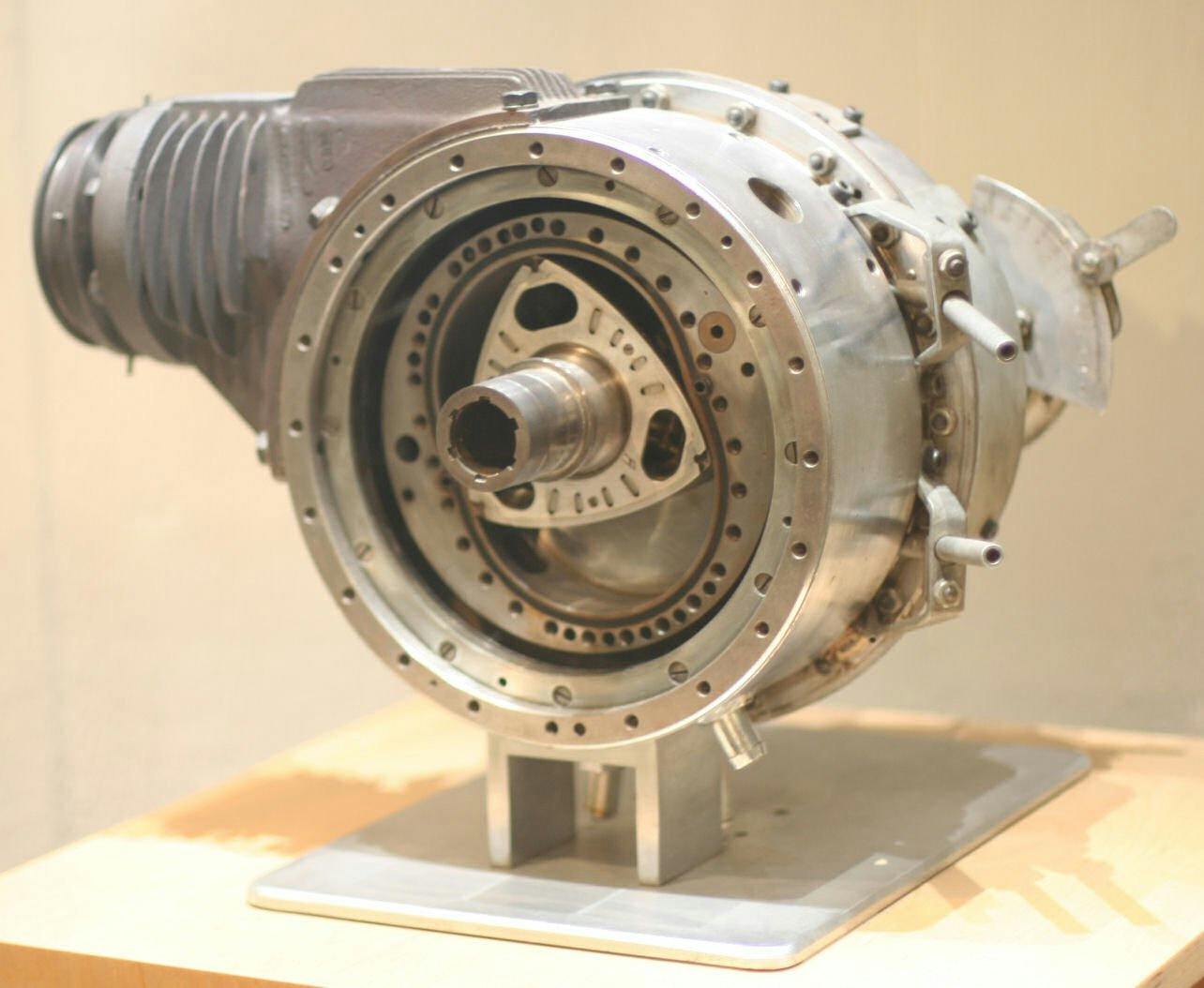
In the Wankel engine, four cycles of the combustion process take place in the space between the rotor and the inside of the engine cover. In the places where the rotating piston meets the inner shell of the motor cover, a seal ensures that three isolated spaces are created between the rotor and the shell.
As the piston rotates, these spaces move in the direction of rotation and increase and decrease in volume. An oval casing surrounds each Wankel engine rotor. The rotor has the shape of a triangle with rounded edges with a shape of a bow.
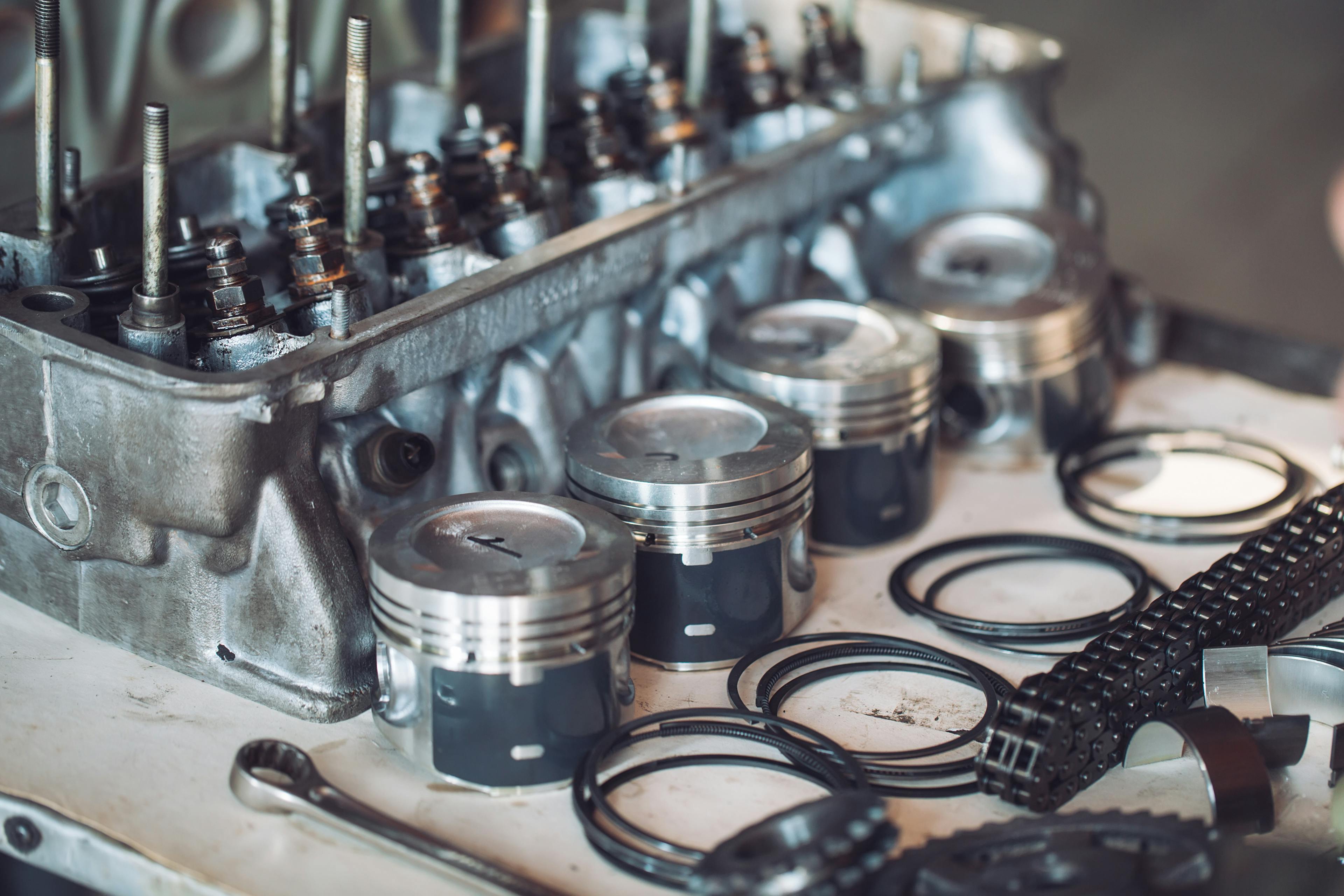
Engine Pistons: How do they work?
The pistons rotate around the shaft, referred to as the eccentric shaft or E-shaft, and pass through the center of the rotor. A large gear wheel provides the piston's circular movement with inner teeth located in the center of the rotor.
A small gear that engages the rotor gear is rigidly attached to the shaft. A mixture of air and gasoline is drawn in through a channel and, after compression, is ignited by a spark from a spark plug. After the expansion and work, the flue gases are discharged into the exhaust pipe. The inside of the piston is cooled by oil, and the housing and the motor cover are cooled by water.
In all three chambers, a four-stroke combustion cycle takes place sequentially, namely:
Air and fuel intake
Compression and ignition
Expansion and exhaust
Three revolutions of the eccentric shaft are equal to one revolution of the rotor. The revolutions are given as the revolutions of the shaft. Wankel engines, therefore, have a higher maximum speed (approx. 9000 rpm) than piston engines of similar performance.
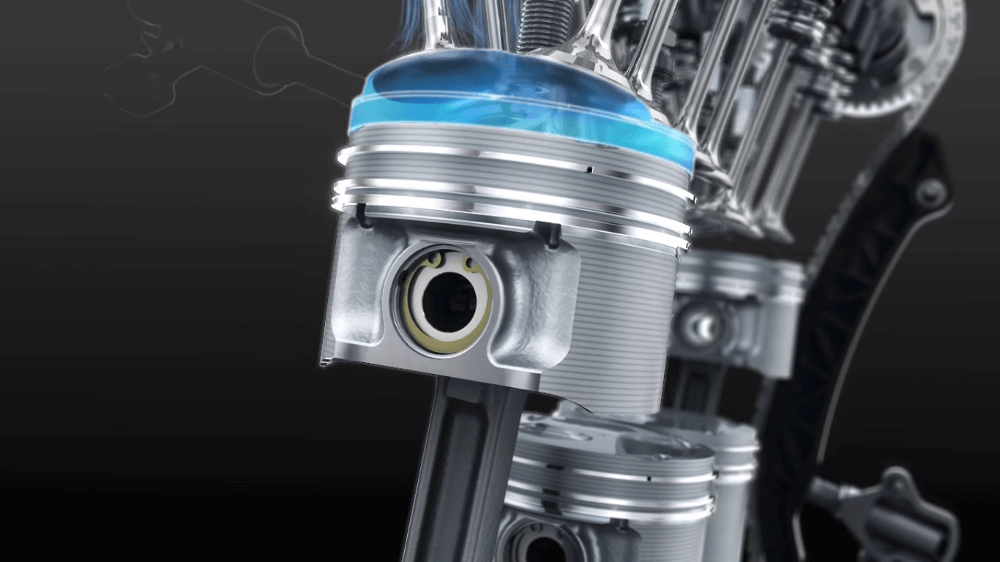
Engine Compression Test: What does it reveal about the engine?
Since the Wankel engine uses a completely different concept than the classic piston combustion engine, a direct comparison is not possible. Flow rate, heat loss, and surface temperature characteristics are different.
Advantages of the Wankel engine
Much higher power-to-weight ratio than a piston engine
Compactness (about one-third the size of a piston engine)
No returnable parts
It is capable of higher revolutions per minute than a piston engine
It creates almost no vibrations
The engine contains fewer parts, so its production is cheaper
In some Wankel engines, the engine oil remains uncontaminated by the combustion process
Wankel engine is much lighter and simpler because it contains fewer moving parts
The work of the valves is carried out using simple leads embedded in the wall of the rotor block
The Wankel engine has the above-mentioned advantages that have enabled its use in automobiles, motorcycles, racing cars, airplanes, go-karts, snowmobiles, and the like.
Wankel engine lifespan
Wankel rotor cases are constantly heated on one side and cooled on the other, resulting in high local temperatures and uneven thermal expansion. Although this places high demands on the materials used, the simplicity of the engines facilitates the use of alternative materials such as exotic alloys and ceramics.
Early engines had a high incidence of leakage between the rotor and the inner shell of the engine housing. These engines often needed to be resealed after 20,000 miles. Today's Wankel engines from Mazda need resealing after 50,000 to 100,000 miles.
If the owner did not reseal the engine after a certain mileage, a loss of compression followed, manifested by difficult cold starts. Eventually, the engine could not be started at all.

Mazdas started using the Wankel engine as early as 1957, i.e., already 50 years ago, but with the end of the production of the Mazda RX-8 in 2012, the Wankel rotary engine in serial production had its last hour - that is, until recently, when Mazda announced the return of the Wankel engine.